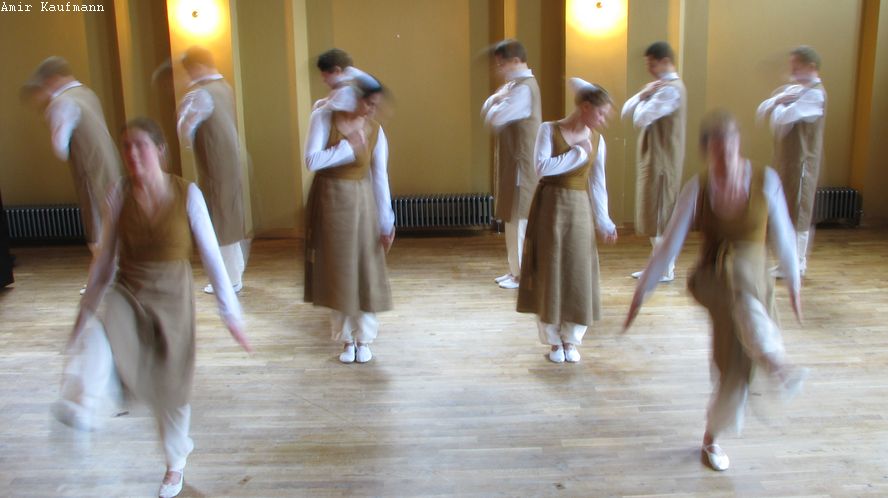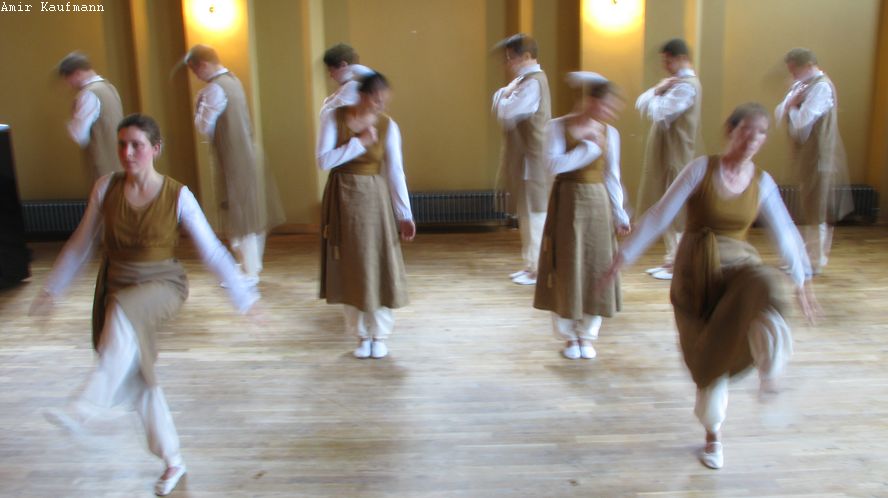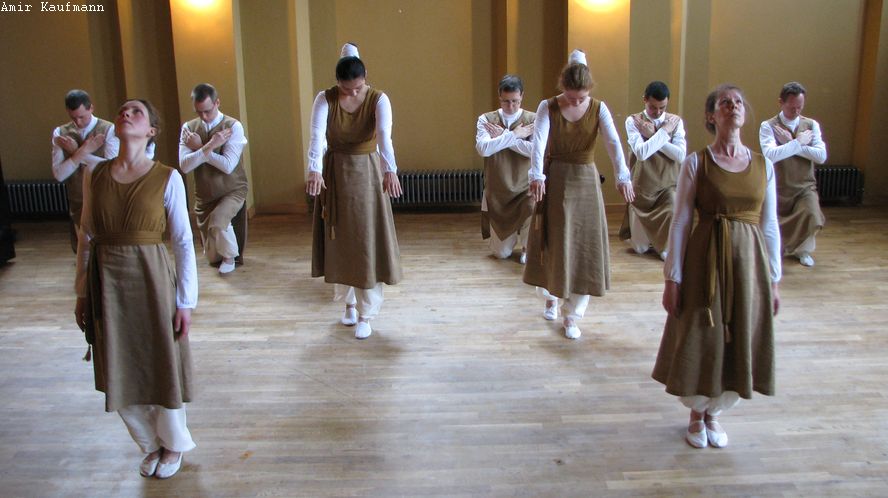The Earlier and the Later Movements
Gurdjieff created his Movements in two periods of his life: the first from 1918 until 1924, the year of his almost fatal car accident, and the second from 1939 until his death in 1949. The earlier ones were performed on stage in 1923 in Paris and in 1924 in America and consisted of obligatory exercises, work dances, dervish dances, a group of women’s dances and several elaborate prayer rituals and ceremonies.
During the last decade of his life, Gurdjieff organised Movements classes for different groups almost every day and gave scores of new Movements and exercises until his death in 1949. In this period, he created what became known as the „39 Series.“
An important difference between the old Movements and the new exercises is in their musical accompaniment. Gurdjieff composed the music for his early Movements in co-operation with Thomas de Hartmann. The music for the 39 Series was composed by de Hartmann after Gurdjieff’s death. This time he had to compose alone, without Gurdjieff’s guidance, but he used the same style as in his earlier musical co-operation with him.
Although there were two main periods for the creation of the Movements, we find it useful to divide them into three categories:
The older Movements
1-The older Movements, stemming from Gurdjieff’s first stage of teaching. These were practised for 5 to 6 hours a day by the whole group of Gurdjieff’s pupils from 1918 until the demonstrations in 1923 and 1924. Of these Movements, a total of 27 are remembered and practised until this day in authentic lines of transmission reaching back to Gurdjieff. The Six Obligatories belong to this group. The Obligatories belong to the very first Movements Gurdjieff gave as early as 1918 in Tiflis, Georgia. As their name already indicates, each new student had to learn these exercises first before she or he could participate in the regular classes. Of several other Movements used in the early demonstrations, only the music remains because the dances themselves have been forgotten or were too difficult to reconstruct.
The ’39 Series‘
2-The 39 Series, the set of 39 Movements selected by Gurdjieff out of the multitude of his new exercises given from 1939 until his death in 1949. He recommended these for further practice and he considered them completed. In fact, the prominence of these 39 among his other attempts was so obvious that, when Gurdjieff asked Thomas de Hartmann to compose music for his newer exercises, everybody understood he was talking about these particular Movements. After Gurdjieff’s death, Thomas de Hartmann composed the music for this Series; but only for 37 of them because, for two of the 39, the pianist is required to improvise.
The remaining Movements
3-The remainder of the new exercises that have been remembered and are still practised vary from the most complicated exercises with separate roles for every dancer in the class to short fragments for study of a certain rhythm or of a certain body action. Mme. Jeanne de Salzmann, who represented Gurdjieff’s work in France after his death and through whose activities many of those newer exercises have been preserved, explained once that it had only been possible to remember a minority, some 25 percent, of all the exercises that Gurdjieff taught. Thomas de Hartmann wrote music for fifteen Movements of this group, eight of which can be heard on our previous 2-cd set Gurdjieff’s Music for the Movements. Over the years, many of the remaining Movements of this last group acquired their own musical accompaniment through the dedicated efforts of other composers associated with Movement classes, such as Alain Kremski and Edward Michael as well as many amateur composers.





